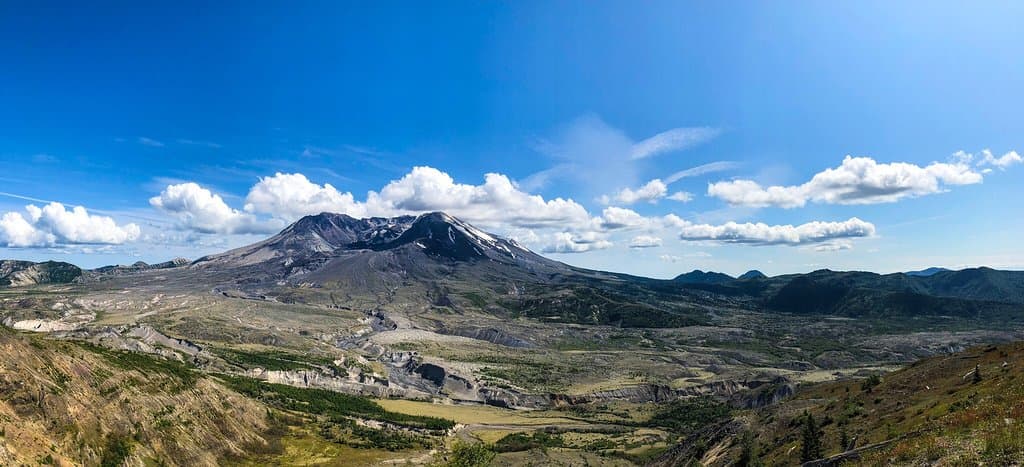
Mount St. Helens Johnston Ridge
Witness the raw power of nature at Mount St. Helens' Johnston Ridge, offering unparalleled views of the crater and blast zone.

Highlights
Must-see attractions
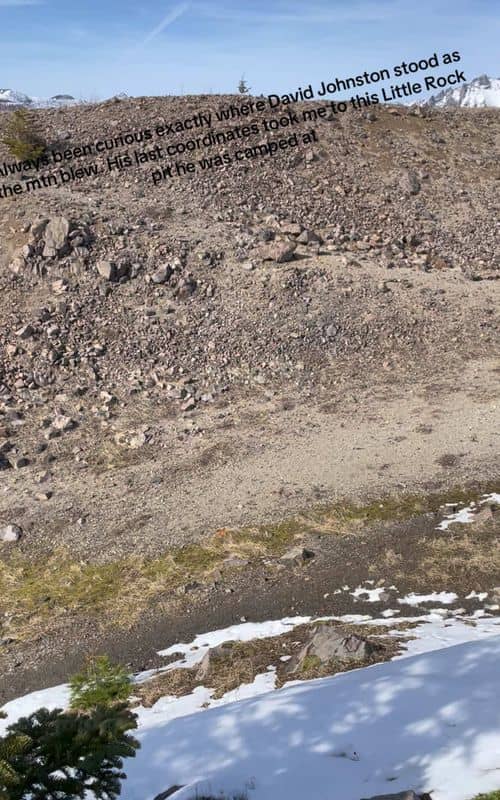
Social
From TikTok & Reddit
Best Time
Observatory open, best weather

Mount St. Helens Johnston Ridge
Best Time
Observatory open, best weather

Highlights
Must-see attractions
Witness the raw power of nature at Mount St. Helens' Johnston Ridge, offering unparalleled views of the crater and blast zone.
"Incredible views of the crater and blast zone, a powerful reminder of nature's force."
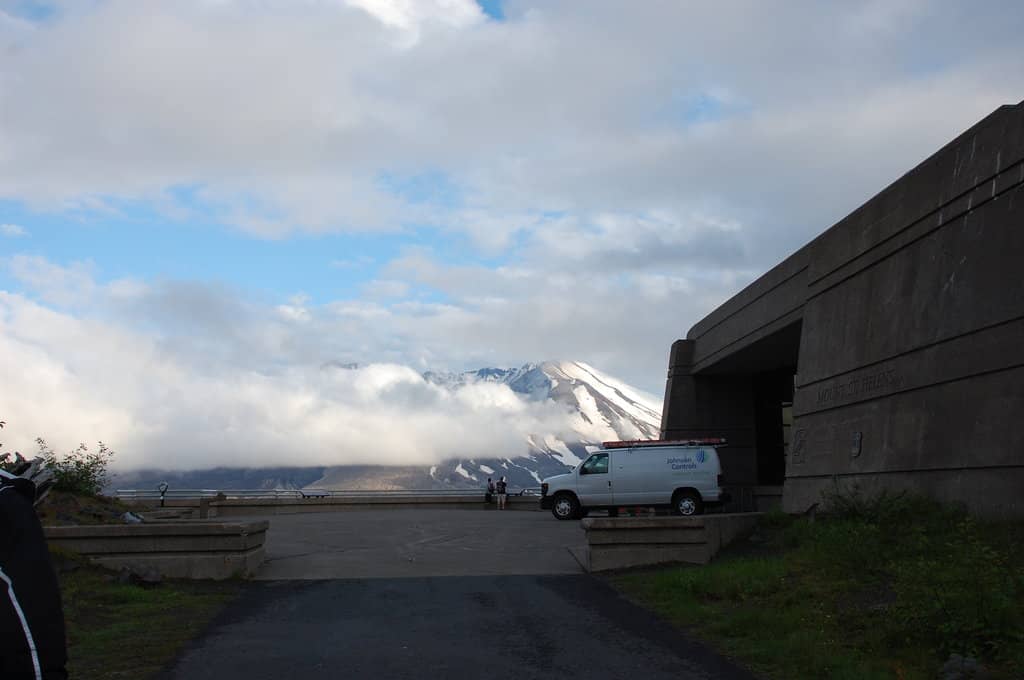
Check Observatory Status
Always verify if Johnston Ridge Observatory is open before your visit, as it's seasonal. :informationdeskperson:
Hike When Closed
Trails like Boundary West offer stunning views even when the observatory is shut. :hiking_boot:

Highlights
Discover the most iconic attractions and experiences
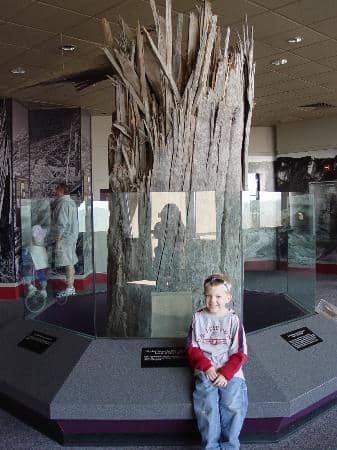
The Crater View
Johnston Ridge Observatory site
Gaze into the massive crater left by the 1980 eruption, a stark reminder of nature's power.
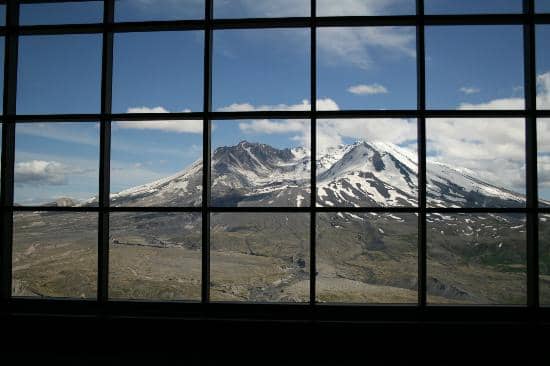
Blast Zone Landscape
Surrounding trails
Witness the incredible regrowth of vegetation in the devastated blast zone, a testament to nature's resilience.
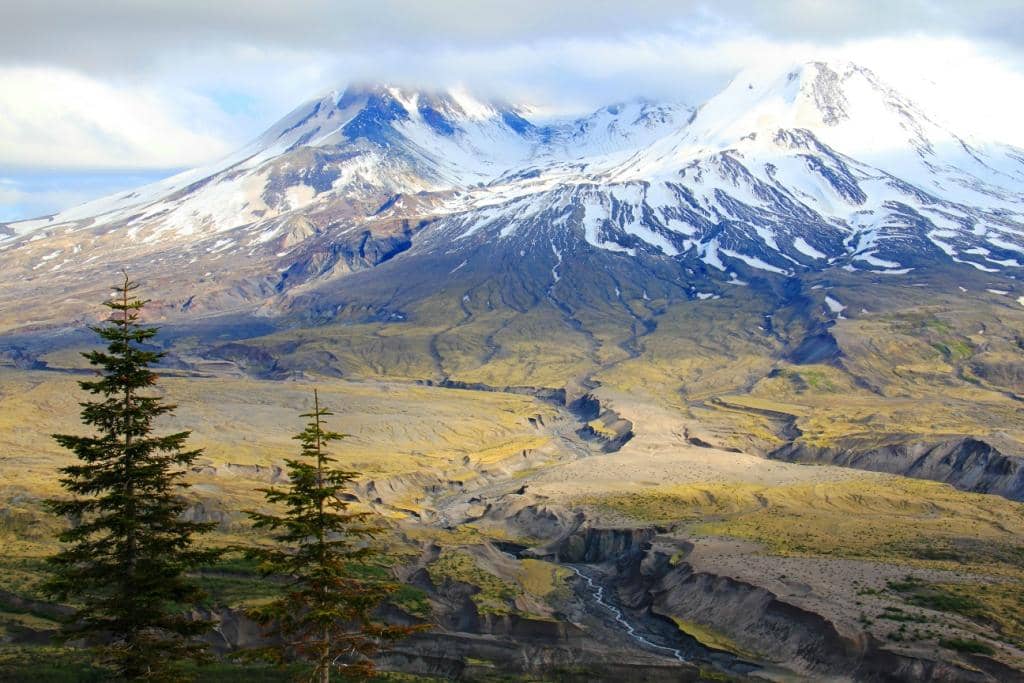
Interpretive Displays
Johnston Ridge Observatory (when open)
Learn about the 1980 eruption through engaging exhibits and ranger talks that bring the event to life.
Plans like a pro.
Thinks like you
Planning Your Visit
Accessing Johnston Ridge
Hiking & Preparedness
Best Times
Insider Tips
from TikTok, Instagram & Reddit
Check Observatory Status
Always verify if Johnston Ridge Observatory is open before your visit, as it's seasonal. :informationdeskperson:
Hike When Closed
Trails like Boundary West offer stunning views even when the observatory is shut. :hiking_boot:
Hydration is Key
Carry ample water for hikes, especially during warmer months. 2.5 liters per person is recommended. :droplet:
Gift Shop & Coffee
Grab souvenirs or a refreshment at the gift shop and coffee stand. :coffee:
Tips
from all over the internet
Check Observatory Status
Always verify if Johnston Ridge Observatory is open before your visit, as it's seasonal. :informationdeskperson:
Hike When Closed
Trails like Boundary West offer stunning views even when the observatory is shut. :hiking_boot:
Hydration is Key
Carry ample water for hikes, especially during warmer months. 2.5 liters per person is recommended. :droplet:
Gift Shop & Coffee
Grab souvenirs or a refreshment at the gift shop and coffee stand. :coffee:
Paved Access
The walk from parking to the visitor center is paved and accessible. :wheelchair:
What Travellers Say
Reviews Summary
Visitors consistently praise the awe-inspiring views of Mount St. Helens' crater and the dramatic blast zone, highlighting the incredible natural regrowth. Many appreciate the accessibility of paved paths and the educational value of the site, even when the observatory is closed. Some note the challenging hikes and the importance of being prepared for the elements.
"Hummocks Trail to Boundary West Trail and you can still access this beautiful place. Feels apocalypic, we were the only ones up there for at leest an hour. Nature is taking over, lots of plants on the parking lot and outdoor theatre. Views of the mountain are amazing. Worth the 10 mile hike!"
Daphne
"I was absolutely amazing, it’s a shame that you cannot make it all of the way to the observatory. The photos of Mt Saint Helens are the two parking lots between mile marker 40 and 50."
Todd Jelf
"Hiked up to the observatory from the lower parking lot and Hummocks trail starting point. Only way up to the ridge is via the Boundary Trail. Sandy single track winds it way up the ridge with amazing views of Mt. St Helen’s and the lower river basin. Took 2.5 litres of water each person on a 34c day temp wise. The total trip was just under 4 hrs and 16km. I found poles handy for descending. Bear poop in the area but we did not see any."
Aaron MacEwen
What People Like
What People Dislike
Frequently Asked Questions
🚇 🗺️ Getting There
Johnston Ridge Observatory is located at 24000 Spirit Lake Hwy, Toutle, WA 98649. It's accessible via a scenic drive, typically taking about 1.5 hours from Southwest Washington. The road is paved for much of the way, offering beautiful views.
Yes, there is ample parking available at the Johnston Ridge Observatory site. Even when the observatory is closed, parking areas serve as trailheads for various hikes.
You can drive to the Johnston Ridge Observatory site, which is very close to the crater rim. From there, you can access trails that lead even closer to the volcano's edge.
The drive to Mount St. Helens, including the route to Johnston Ridge, is known for its scenic beauty, passing through forests and offering glimpses of the volcano as you approach.
Public transportation options directly to Johnston Ridge Observatory are very limited. It is best to drive your own vehicle or rent a car for this trip.
🎫 🎫 Tickets & Entry
Yes, there is an entrance fee for the Johnston Ridge Observatory itself, typically around $8 per adult during its open season. However, access to the surrounding trails and viewpoints is often free.
The observatory is seasonal and typically open from late May or June through September 30th, from 10 AM to 6 PM daily. Always check the official website for the most current hours and dates.
No, Johnston Ridge Observatory is not always open. It operates seasonally and closes for the winter months, usually around the end of September.
While the observatory building may be closed, the grounds and surrounding trails are often accessible, allowing visitors to still experience the views and hike in the area.
Information on discounts is not widely publicized, but it's always a good idea to check the official Mount St. Helens National Volcanic Monument website for any potential passes or group rates.
🎫 🏞️ Onsite Experience
At Johnston Ridge, you can see the massive crater of Mount St. Helens, the devastated blast zone, and witness the incredible natural regrowth. Interpretive displays and ranger talks (when open) provide context about the 1980 eruption.
Yes, several hiking trails originate from or are accessible near Johnston Ridge, including the Boundary West Trail, which offers stunning views of the volcano and crater.
The walk from the parking lot to the visitor center area is paved and generally wheelchair accessible. Some of the paved loops may have rough spots.
You might spot various wildlife, including chipmunks, birds, and potentially bears. It's important to maintain a safe distance and never feed the animals.
Weather at Mount St. Helens can change rapidly. Expect cooler temperatures than the surrounding lowlands, and be prepared for wind, rain, or sun, even in summer.
📸 📸 Photography
The entire area around Johnston Ridge offers incredible photographic opportunities. The viewpoints overlooking the crater and the blast zone are particularly iconic.
Drone usage is restricted in many national park and monument areas to protect wildlife and visitor experience. Check the official Mount St. Helens National Volcanic Monument regulations regarding drone operation.
Early morning or late afternoon often provide the best light for photography, with softer shadows and warmer tones. Sunrise and sunset can be spectacular if conditions permit.
While general photography is encouraged, be mindful of any specific signage regarding protected areas or sensitive habitats. Respect the natural environment.
A wide-angle lens is great for capturing the vastness of the landscape. A telephoto lens can be useful for wildlife or closer shots of the volcano's features.
For Different Travelers
Tailored advice for your travel style
👨👩👧 Families with Kids
🚶♀️ Hikers & Adventurers
📸 Photographers
Deep Dives
In-depth insights and expert knowledge
The 1980 Eruption and Its Aftermath
Visiting Johnston Ridge offers a profound connection to this event. The interpretive displays at the observatory (when open) detail the science behind the eruption, the human stories, and the ongoing geological activity of the volcano. You can see firsthand the immense power of the blast zone, with its stark, moon-like terrain that is slowly being reclaimed by nature. The crater itself, a gaping maw on the mountain's summit, is a constant reminder of the forces at play.
The resilience of nature is perhaps the most striking aspect of the post-eruption landscape. Over the decades, life has returned. Visitors can observe new plant growth, from grasses and wildflowers to young trees, pushing through the ash and debris. This ongoing process of ecological recovery is a powerful symbol of hope and the enduring strength of the natural world. Observing this regrowth is a key part of the experience, offering a unique perspective on geological change and ecological succession.
Hiking and Exploring the Blast Zone
For those seeking a less strenuous experience, the Hummocks Trail offers a gentler introduction to the landscape. This trail meanders through hummocky terrain, showcasing the unique geological formations left by the eruption. Visitors have reported seeing plenty of plant life taking hold in these areas, a beautiful contrast to the initial devastation. Remember to be prepared for varying conditions; carrying sufficient water (around 2.5 liters per person is recommended for longer hikes) and wearing appropriate footwear are essential. Trekking poles can also be very helpful, especially on descents.
While exploring, keep an eye out for local wildlife. You might encounter various birds, chipmunks, and even bears. It's crucial to maintain a safe distance and never feed any animals to ensure both your safety and their well-being. The experience of hiking through this recovering landscape is often described as surreal and awe-inspiring, offering a profound connection to the power of nature.
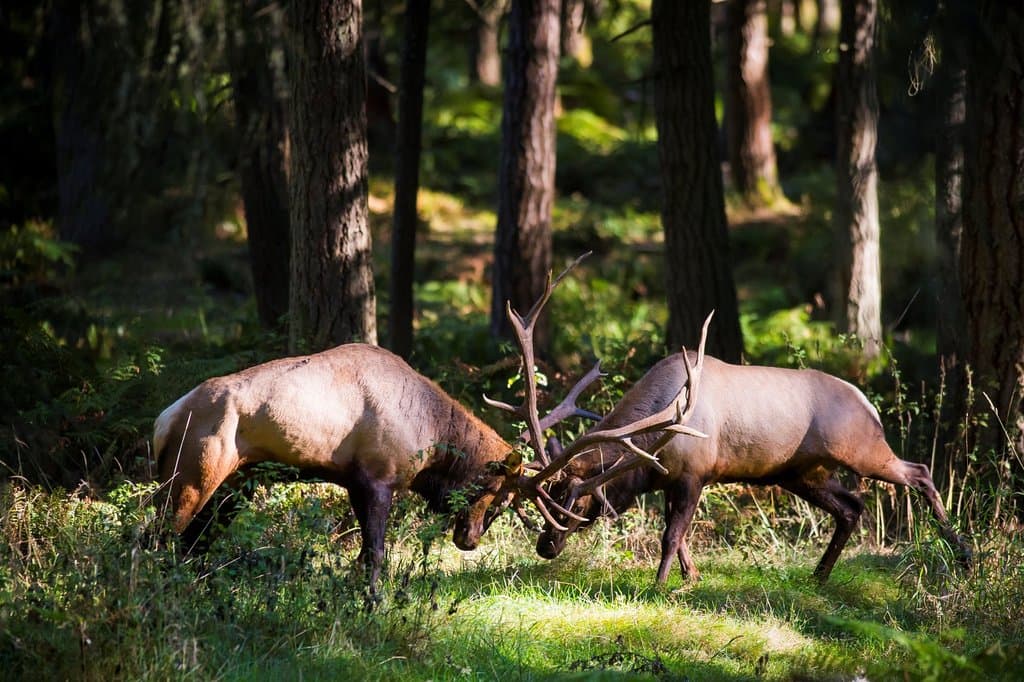
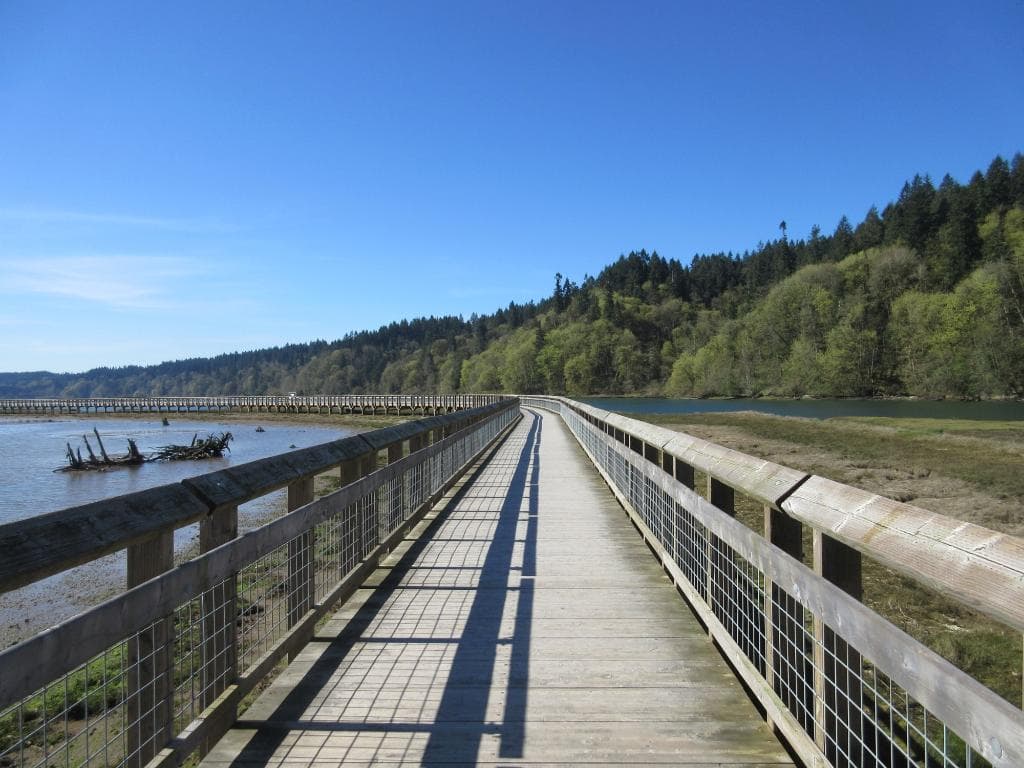


Social
from TikTok, Instagram & Reddit